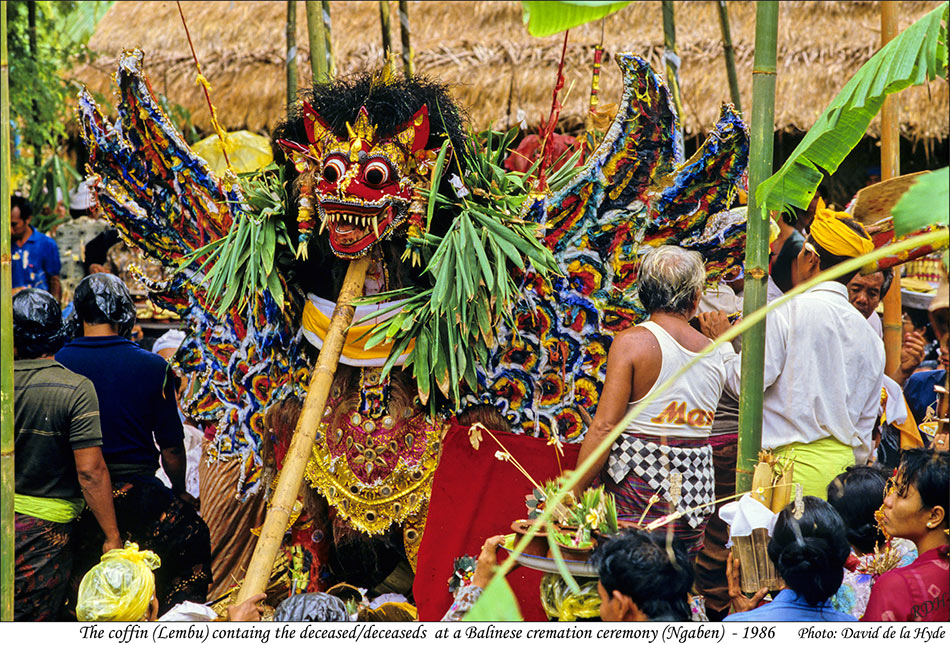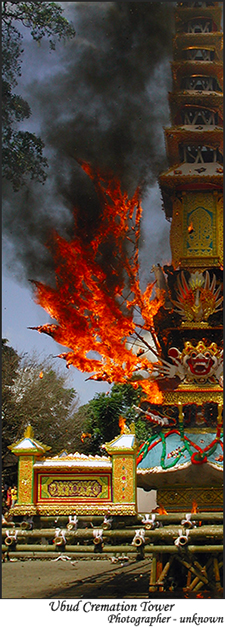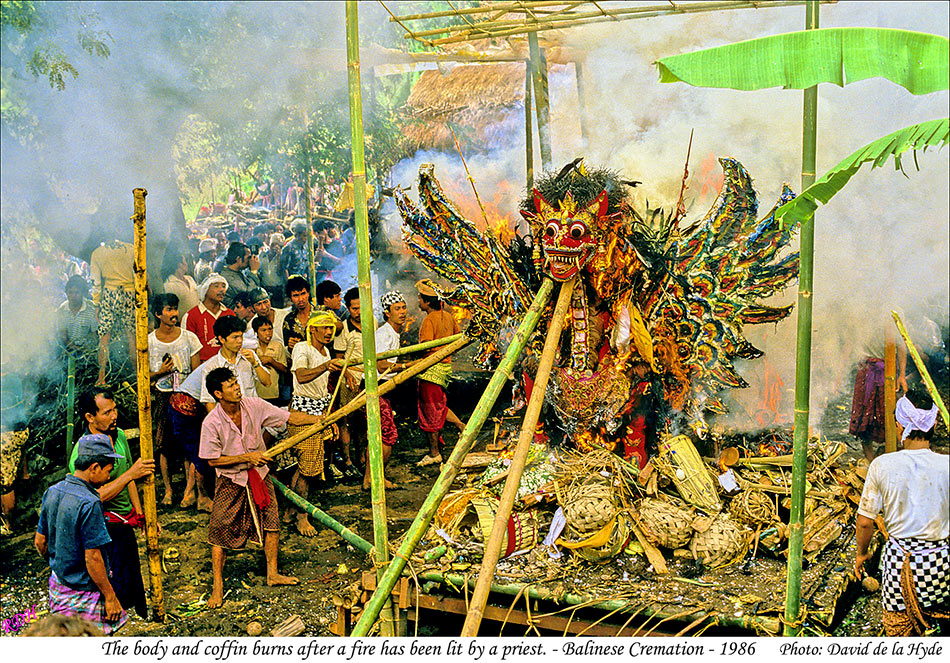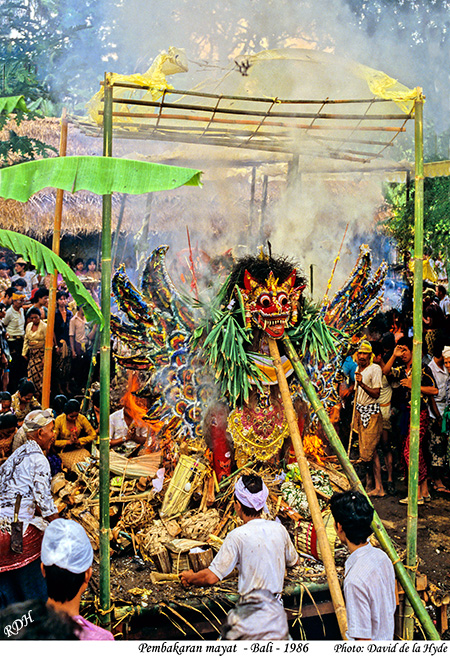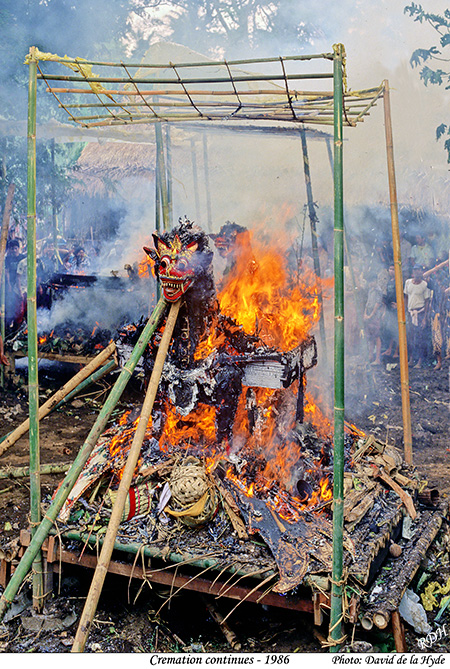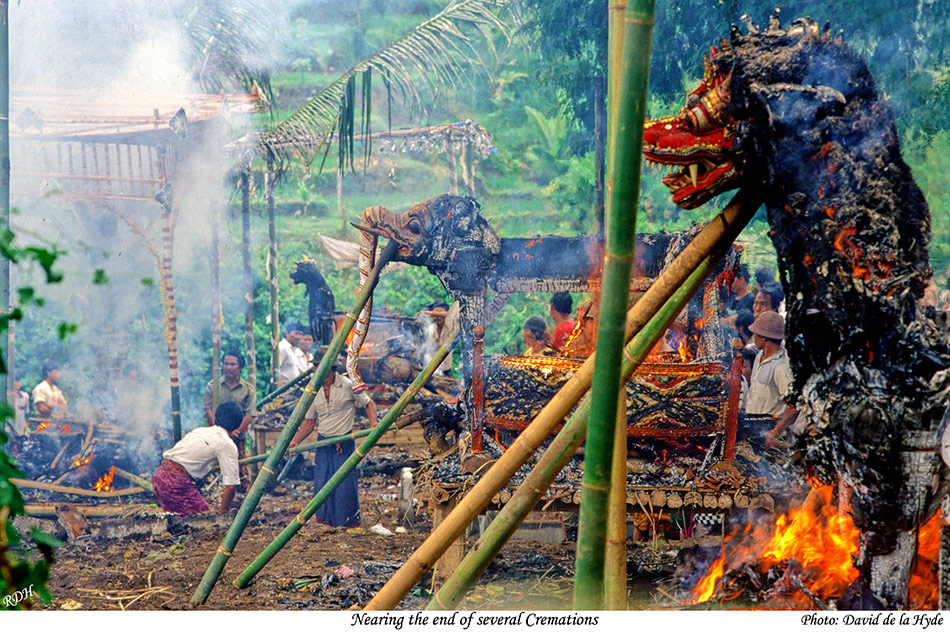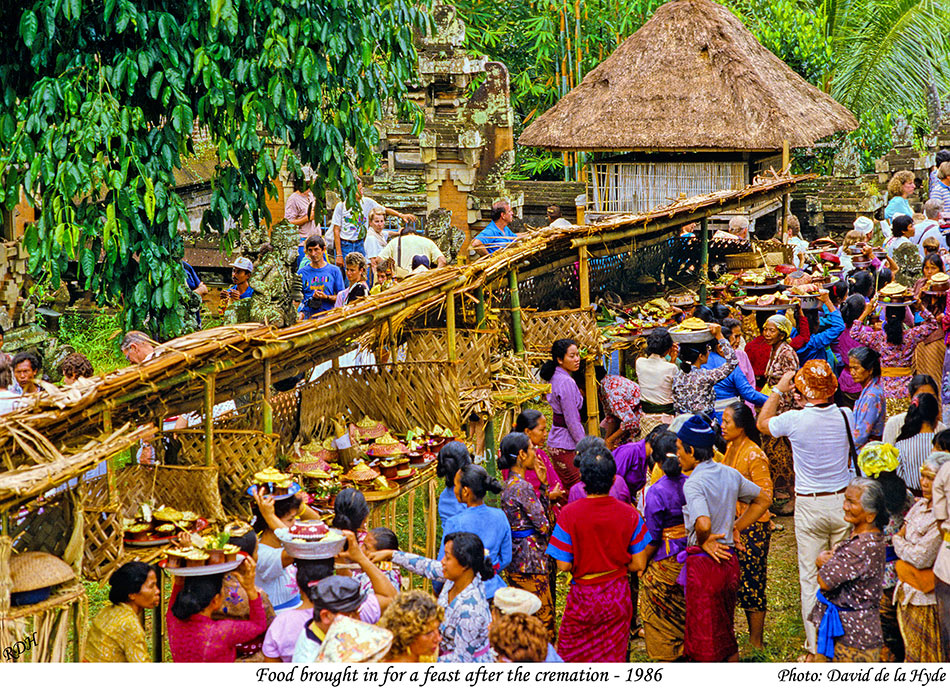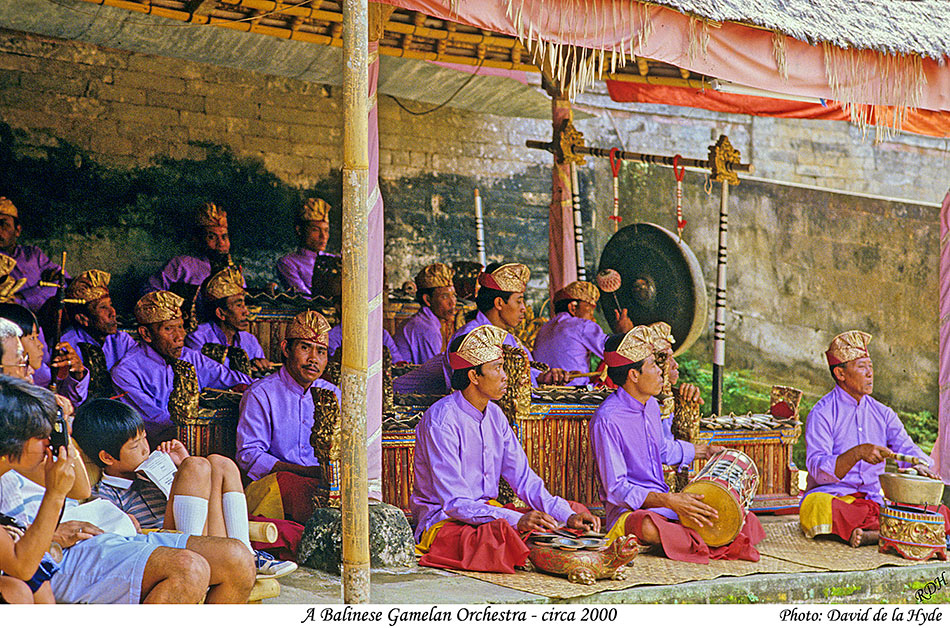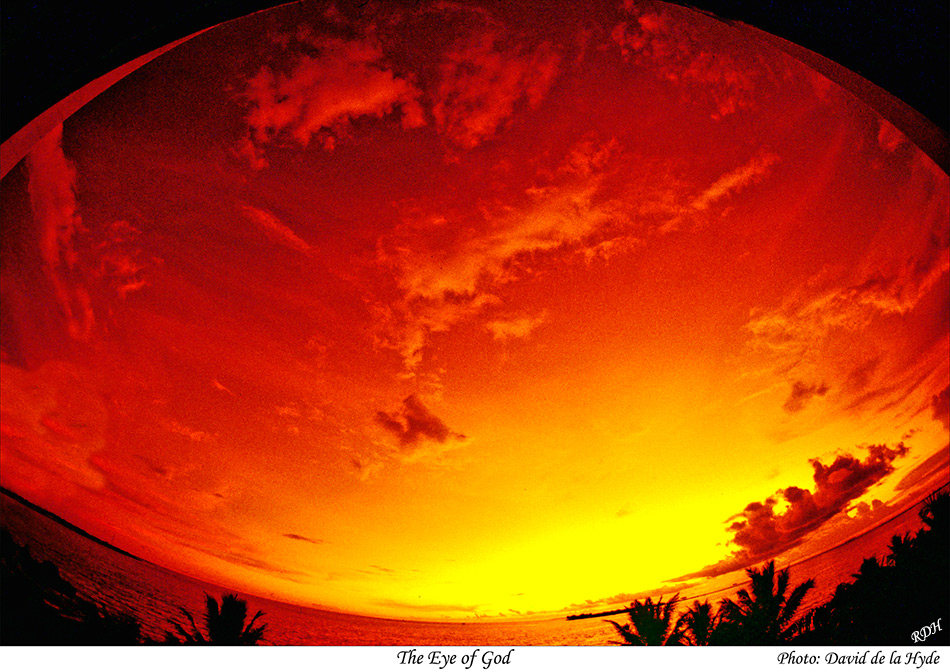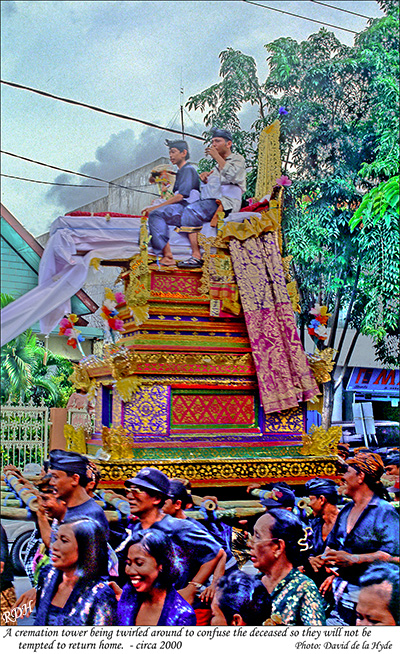
Miguel Covarrubias wrote: "Strange as it seems, it is in their cremation ceremonies that the Balinese have their greatest fun. A cremation is an occasion for gaiety and not for mourning, since it represents the accomplishment of their most sacred duty: the ceremonial burning of the corpses of the dead to liberate their souls so that they can thus attain the higher worlds and be free for reincarnation into better beings"
